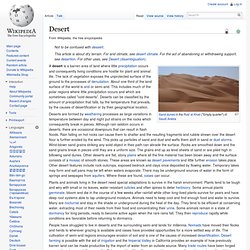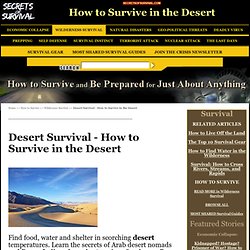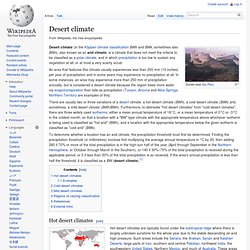

Arctic. The Inuits of the Arctic. In the Arctic, under harsh cold and bare conditions, the Inuit people reside(d).

To survive the -30 degrees C. the Inuit have adjusted their life in the way of clothing, shelter, etc. The native animals of the land and water are not just for food, but are used for clothing to keep. The caribou hide is the main material used, as the hollow hair traps air, which makes an excellent insulator. Layers of parkas (hood also lined with fur and covers most of face when drawn, so wearers breath helps to insulate), winter pants, and mittens helped keep the Inuit alive in the winter. Seal skin boots were used to produce "double boots.
" The most suitable shelter that is both dependable and convenient for the Inuit are igloos (iglus). The caribou move from one place to another on certain routes every year. The Inuit aquire many marquees as their culture and way of life is so different than other groups. Fun Arctic Facts for Kids - Interesting Information about the Arctic Region. The Arctic region is found in the northernmost part of Earth.

As well as the Arctic Ocean, the Arctic region is made up of parts of Russia, Greenland, Canada, USA, Norway, Iceland, Sweden and Finland. Indigenous people who live in the Arctic have adapted to the cold weather and harsh environmental conditions. The name ‘Arctic’ comes from a Greek word meaning ‘near the bear’. The coldest recorded temperature in the Arctic is around −68 °C (−90 °F). Over recent years, the Arctic region has shrunk due to global warming. Human Planet Explorer - Arctic (pictures, video, facts & news) Wonders of Weather: Avalanche. Top 10 facts about the Arctic. 1.

‘Arctic’ comes from ‘arktikos’, the Greek for ‘bear’. The reason is that Ursa Major, the Great Bear constellation, is seen in the northern sky. 2. The Arctic Circle marks the region above which, for at least one day a year, there is all-day sunshine in the summer and 24-hour darkness in the winter. 3. 4. 5. 6. 7. 8. Desert. A desert is a barren area of land where little precipitation occurs and consequently living conditions are hostile for plant and animal life.

The lack of vegetation exposes the unprotected surface of the ground to the processes of denudation. Desert Survival - How to Survive in the Desert. Find food, water and shelter in scorching desert temperatures.

Learn the secrets of Arab desert nomads and Desert Indians from the American Southwest. Route finding, map reading, water procurement, hidden springs, wells, and underground rivers. Desert hunting tips and desert wild edibles and insects. Desert survival calls for knowledge and preparation. The knowledge of what it takes to find water in the desert and what desert survival supplies to have on hand and which ones to make -- if you have no survival supplies on hand. In many deserts day time temperatures can soar over a hundred degrees and even beyond the 120 degree mark. Evening temperatures in some deserts -- especially in the United States -- can plummet to the forties or just above freezing. Rare Gobi Desert Plants.
Sahara Desert: Facts, Climate & Temperature of the Desert – Morocco. Fun Desert Facts for Kids - Interesting Information about the Sahara & more. Desert climate. An area that features this climate usually experiences less than 250 mm (10 inches) per year of precipitation and in some years may experience no precipitation at all.

In some instances, an area may experience more than 250 mm of precipitation annually, but is considered a desert climate because the region loses more water via evapotranspiration than falls as precipitation (Tucson, Arizona and Alice Springs, Northern Territory are examples of this). To determine whether a location has an arid climate, the precipitation threshold must first be determined. Hot desert climates[edit] Regions with hot desert climates Hot desert climates are typically found under the subtropical ridge where there is largely unbroken sunshine for the whole year due to the stable descending air and high pressure.
Hot desert climates feature hot, typically exceptionally hot, periods of the year. Examples[edit] Cold desert climates[edit] Regions with cold desert climates Mild desert climates[edit] References[edit]